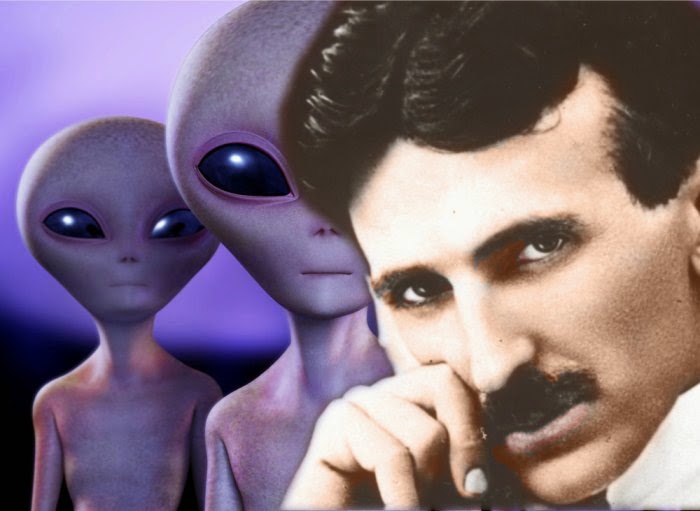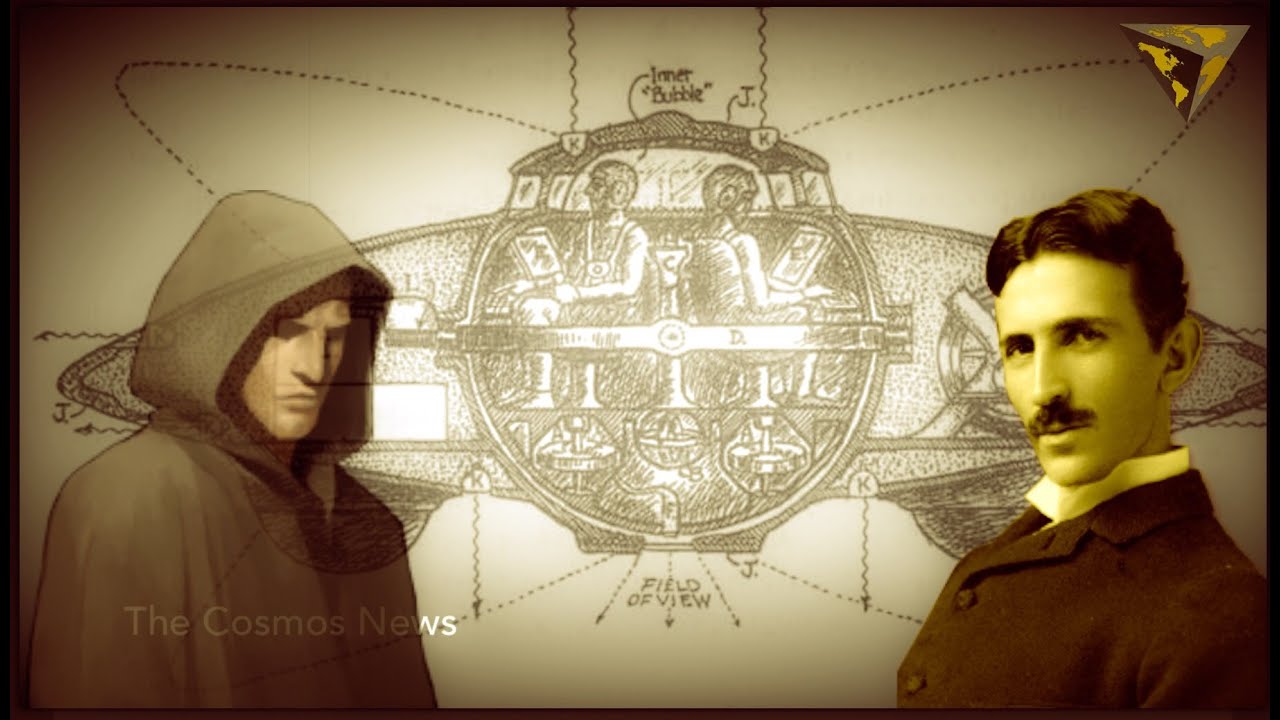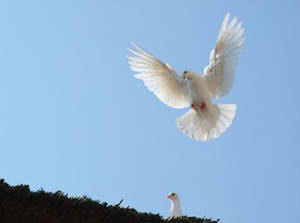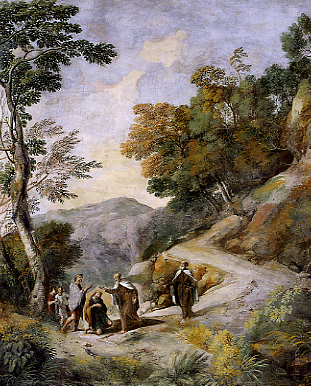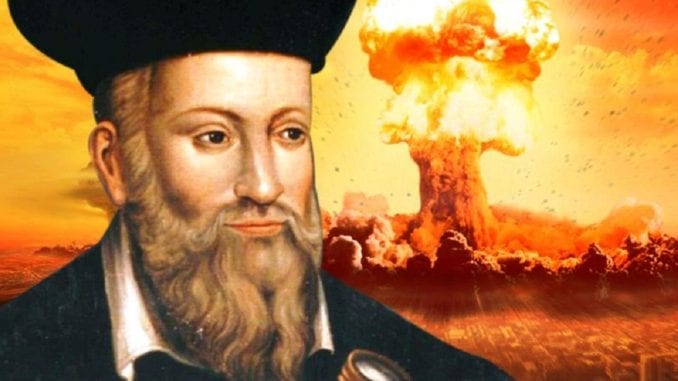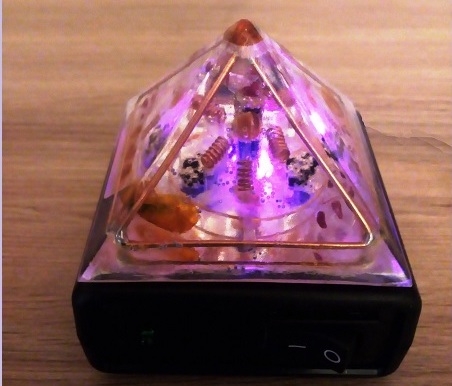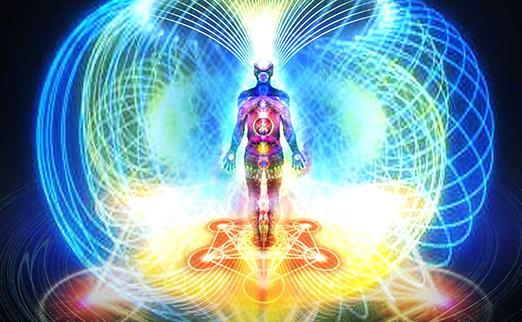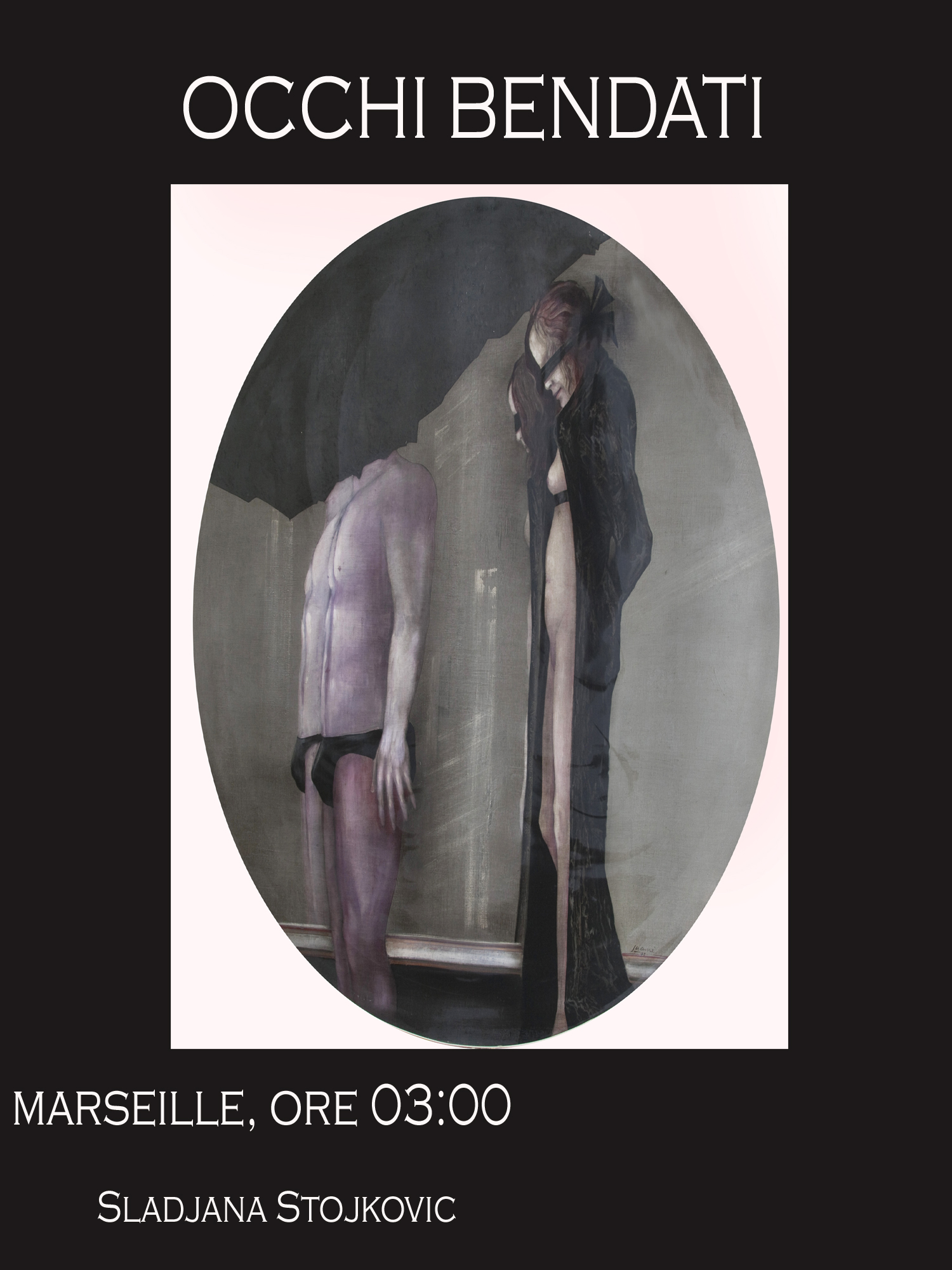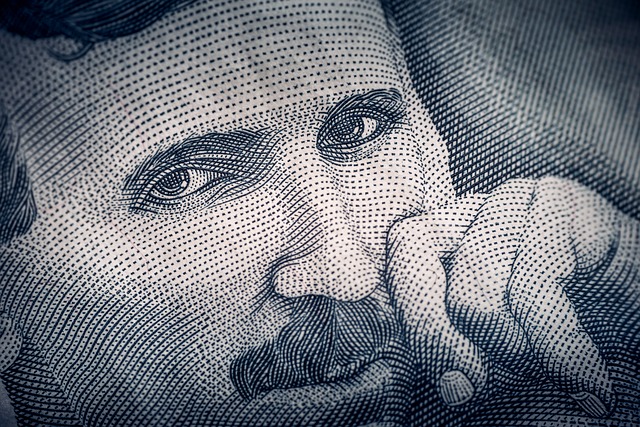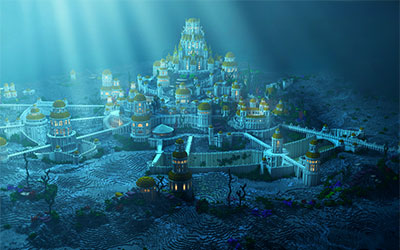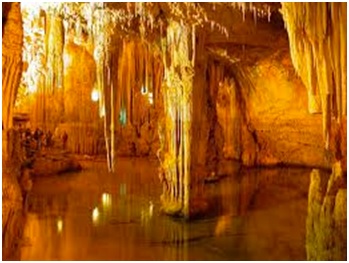SCUOLA SCIENTIFICA TESLIANA DI NATUROPATIA OLISTICA
- Dettagli
- Scritto da Super User
- Categoria: ENGLISH ARTICLES
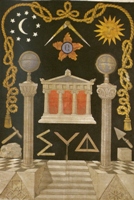
Jachin and Boaz
Two pillars were built by Hiram and placed in the temple by the court. They had a particular symbolic significance in the iconography of Freemasonry. The symbolism and meaning are explained during the rituals of the candidates of the first and second degrees.
These two pillars have their own names: the right column is called Jachin, and the left column is Boaz.
Boaz, the pillar on the left side, symbolizes strength. Jachin, the right pillar, symbolizes wisdom and creation. Together they are the pillars of "stability." In masonry pillars often represent two spheres: celestial and terrestrial.
Beyond the bronze pillars, Jachin and Boaz there was also Hiram of Tyre, the son of the widow, the "sea of bronze." This huge bowl-shaped basin rested on the shoulders of twelve bronze oxen in groups of three. The measurements of the giant bowl were about 4.5 meters in diameter, 2.4 meters deep and had a capacity of about 45,000 liters.
In the "bronze sea", also known as marine brass or great sea, the priests plunged their bodies as a rite of purification.
This place was considered sacred, it was sprinkled with fresh water and ashes connected to the rites of purification. The water had been conducted in a water tank through specially designed, named the aqueduct of Etam, after the water source. One of the tanks was so large that it could contain 12 million liters of water. This underground chamber was also known as the "Great Sea." The Temple of Solomon has been built for seven years. According to the Masonic legend, Hiram Abiff was murdered. When the circumstances of his death were examined, Solomon continued to build the Temple.
He ordered new, reliable, loyal officers to do that work. The Temple was finally completed in 960 BC, the eleventh year of the reign of King Solomon.
When the new temple was completed, the ark of the tabernacle of the Temple, the Holy Tabernacle, also known as the Holy of Holies, the Kadoshim Kadosh was finished too. Before the ark was exposed, King Solomon gathered all the people of Israel, sacrificing countless sheep and oxen to God. When the ark was placed in the temple, there appeared a cloud, and the building was filled with the glory of God. The King organized an opening ceremony, which lasted seven days. During the feast, the prayers and sacrifices were to start a new chapter for the people of Israel and their relationship with God. The First Temple remained intact until 586 BC. Then it was taken by the king of Babylon, and one part was destroyed by the Irish.
The second temple was rebuilt in 64 AD. But even that temple was destroyed in 70 AD, this time by the Romans. Today the famous Wailing Wall (Western Wall), the only part of Solomon's Temple is still standing and is a place of pilgrimage and worship.
READ ALSO:
The construction of King Solomons Temple
- Dettagli
- Scritto da Super User
- Categoria: ENGLISH ARTICLES
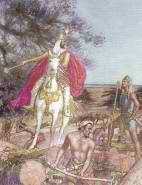
The construction of King Solomon’s Temple
As all great rulers of that period even Solomon loved to show off his reign with beautiful buildings. During his reign, Jerusalem was a city with beautiful buildings and beautiful homes. First of all, he built a magnificent temple. Thousands of workers and slaves, Phoenicians and Jews, mined stones from the mountains and cut cedar forests of Lebanon and brought all this material in Jerusalem. Hiram, the King of Tyre and Phoenicia, a friend of Solomon, sent his most skilled builders to build the temple with the help of Jewish workers. The inner side of the walls made of stone was covered with expensive cedar wood carved and decorated with gold ornaments. The building became a symbol of luxury and art.
In the temple there was a copper altar for sacrifice victims - oxen and sheep.
They met people from all over the country, especially during the Easter holidays, Shavuot and Sukkot. The temple of Jerusalem was so great that even foreigners from distant lands came to admire it. This splendor of Jerusalem could only be achieved at the cost of high taxes that the people were forced to pay. Both the rich and poor had to pay a lot; thousands of people were forcibly taken to the hard work. Buildings and solemn palaces were built by the suffering of the people. The workers, craftsmen and farmers were impoverished, and the number of dissatisfied continued to grow. Jeroboam, the military commander of the tribe of Ephraim, took advantage of this situation and the people began to rebel against the king. To justify these attacks, it can be cited the words of the prophet from Shiloh Shiloh, who had no estimate of Solomon for his waste and luxury. One day the Prophet met Jeroboam (Jerobeam), and on that occasion took off his coat, tore it into twelve pieces and gave him ten, saying: "The kingdom of Solomon is divided into ten tribes, and you will be elected as their king ". Jeroboam had secretly prepared the rebellion of the tribe of Ephraim, but Solomon got to know and ordered to kill him. But Jeroboam escaped to Egypt.
After Solomon's death, while his son Rehabeam prepared to succeed to the throne, the rebellion broke out. Jeroboam returned from Egypt, the tribe of Ephraim joined him. The officers of the nation had gathered in the ancient city Šehemu to discuss the choice of the future king. Rehabeam showed up at the meeting, the officers turned to him and said, "Your father made our yoke hard; now therefore lighten the hard service of your father and his heavy yoke and we will serve you." Rehabeam answered them harshly that he would never allow to establish the rules and that his intention was to impose rules even heavier. After hearing these words, the sons of Ephraim raised the flag of rebellion and shouted: "What share do we have in David, what part in Jesse's son? To your tents, O Israel! Look after your own house, O David!" The Sons of Ephraim and nine other tribes chose Jeroboam as their king, and only the tribes of Judah and Benjamin remained loyal to Rehabeam. Thus the kingdom was divided into two parts: the kingdom of Judah or Judea and Ephraim - the kingdom of Israel (930 BC).
READ ALSO:
- Dettagli
- Scritto da Super User
- Categoria: ENGLISH ARTICLES
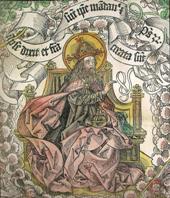
The tools of the Master Mason are: skirret, pencil and compass. The skirret is a pointed tool that acts on a central pivot, where a straight line is drawn to circumscribe the ground floor of the expected structure. Metaphorically it focuses on the behavior and the way of Master Masons. The lessons of the religious beliefs should be used according to the rules of Freemasonry. The symbolism of the pencil: an architect or builder can use it in the design of a building, it also serves to pin the actions of a single Mason. The Master Mason should keep in mind that his actions toward a fellow Freemason are judged by God. The meaning of the compass: it is a tool used for complex calculations. And therefore it represents the role of the last Supreme Court of mankind. The ceremony of the Master Mason can be seen as a representation of the third stage of human life.
The student is a symbol of childhood and the beginning. The assistant symbolizes the maturity and majority. The Master Mason represents the mortality but accompanied by the comforting belief in the immortality of the human soul.
The ceremony of the third degree of Master Mason also has a number of different images and symbolic motifs whose meanings are explained to the candidate by the Venerable Master. A cup with incense represents an individual with a pure heart. Purity is a sacrifice to God, something that is true. From the biblical narrative in which Moses received from God the order to build a special altar for incense related to divine worship.
“Make an altar of acacia wood for burning incense (…). Overlay the top and all the sides and the horns with pure gold, and make a gold molding around it (…). Put the altar in front of the curtain that is before the ark of the Testimony—before the atonement cover that is over the Testimony—where I will meet with you. Aaron must burn fragrant incense on the altar every morning when he tends the lamps. He must burn incense again when he lights the lamps at twilight so incense will burn regularly before the Lord for the generations to come (…). It is most holy to the Lord.” (Exodus 30:1-10).
The Mason learns that the cup with incense should illuminate and burn as gratitude to God for life and his blessings. The depiction of the beehive is solidarity of Masonry and the Mason learns that the beehive symbolizes the hard work, the application and the importance of dedication to their work. The beehive motif reminds Masons to love, to support and assist those in need.
Masons are taught to be cautious in discussing private matters of Freemasonry and to pay attention to what they say. The symbol of the heart with a sword pointing to the naked heart is the divine judge who knows all and sees all our actions and our will, on the basis of reward or punishment. The symbol of the arc is drawn from the story of Noah and symbolizes a life that is well founded.
The candidate will be taught the Pythagorean theorem which is reminiscent of the importance of science and art. The Venerable Master asks the candidate the emblem of life, just like the sand in the hourglass, which runs until it ends.
Our life is short and we have to appreciate and make good use of our time. Similarly, the scythe is a reminder that all human life is growing and is cut.
But the dark images of death and mortality, followed by the symbol of the acacia reminds the Mason that our soul lives and survives, while our bodies may die and be lost.
READ ALSO:
- Dettagli
- Scritto da Super User
- Categoria: ENGLISH ARTICLES
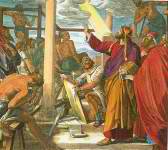
The legend of King Solomon
According to the study of Freemasonry, Adam was the first Mason, who had told his celestial impressions his children and they still pass from generation to generation. Masons, according to this interpretation, are also Moses, David, Noah, Solomon, Hiram Abif, Chinese Emperor Fo Hi, Alexander the Great, Jesus Christ, Richard the Lionheart ... Therefore, the Masons are the keepers of the supreme truth.
READ ALSO:
- Dettagli
- Scritto da Super User
- Categoria: ENGLISH ARTICLES
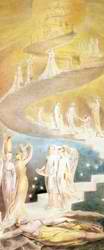
The spiral staircase
The symbolism of the spiral staircase is essential in the second phase of apprenticeship.
The ceremony as the first phase begins from the ground floor of the temple. To get to the next level and get the promotion, the candidate must climb the symbolic spiral staircase.
The stairs in the Masonic language symbolize the brotherhood within their clan. The stairs express the continuous communication of love that exists between the afterlife and this life, between the world of God and the world of men.
The candidate, who has reached the second level, is entitled to a reward. The symbols of reward are wheat, wine and oil.
The symbolism of the ascent within Freemasonry is created by the biblical story of Jacob's ladder. Jacob saw the ladder in his dream. The ladder connected the earth and the sky. God told him that the Jewish people would get the land that stretched from the Euphrates to the southwest. And to make a monument to the dream Jacob took the stone on which slept, and laid it in a vertical position dedicating the stone to God pouring oil on it.
The wheat, wine and oil spiritually and mentally symbolize wealth and abundance. Wheat is a symbol of bread, one of our most important food. The wine represents good health and peace in a Christian context associated with the celebration of the Eucharist. The oil symbolizes happiness and joy. To get three products for a Mason means a deserved reward for leading a good life. The reward is the Masonic doctrine that derives from the fact that King Salmon and King of Tyre rewarded their workers and those who provided the material for the construction of the temple with the wheat, wine and oil.
READ ALSO:







